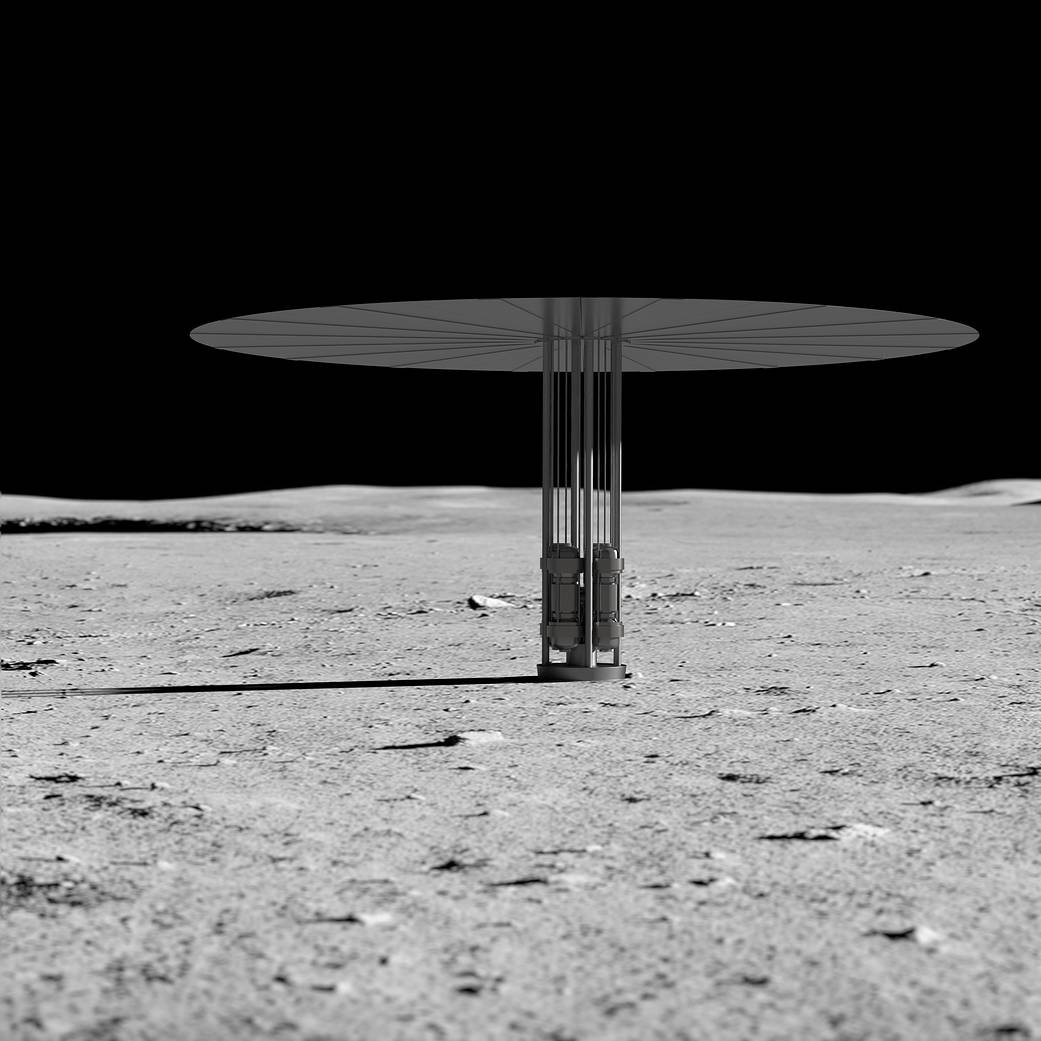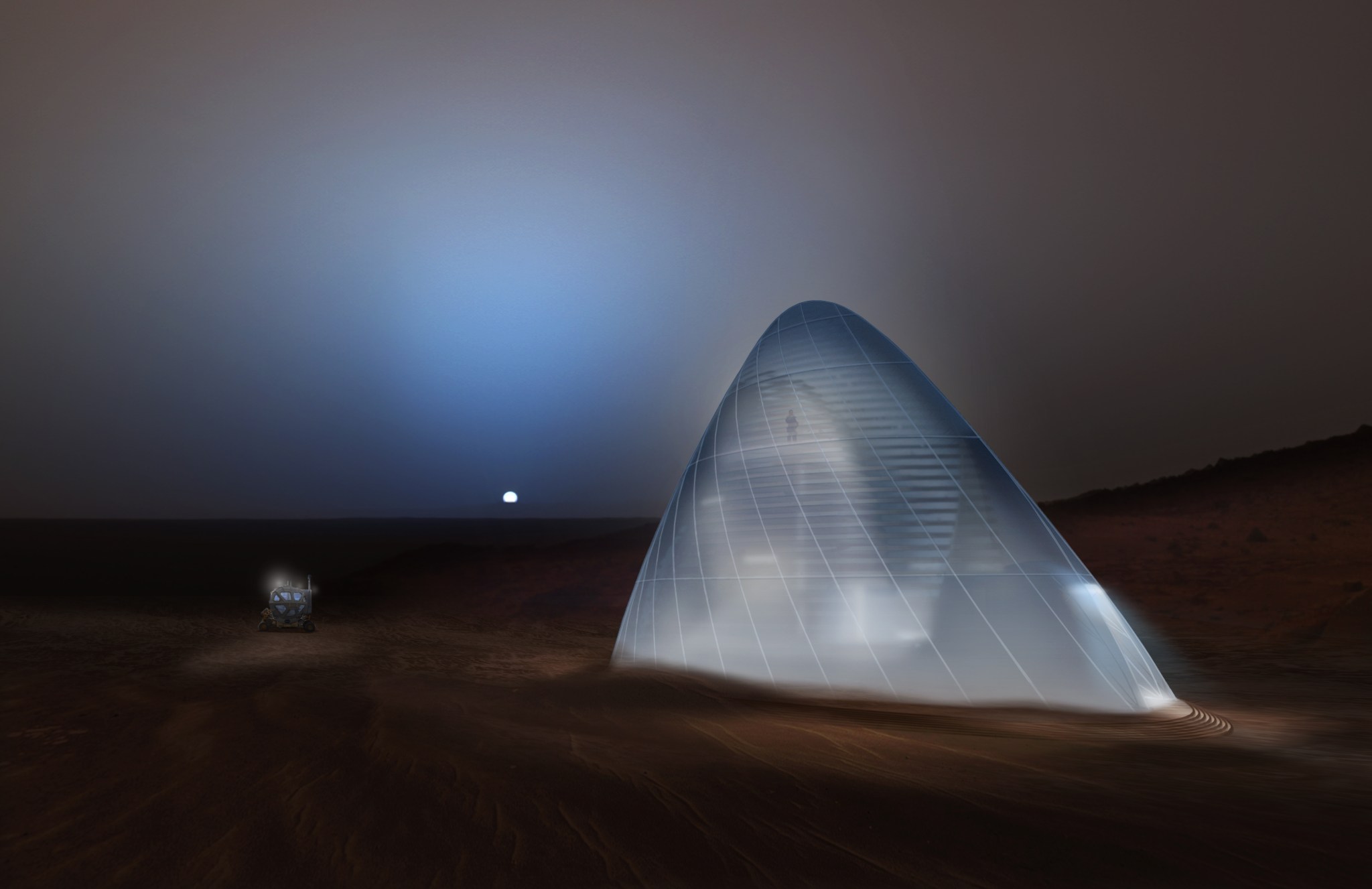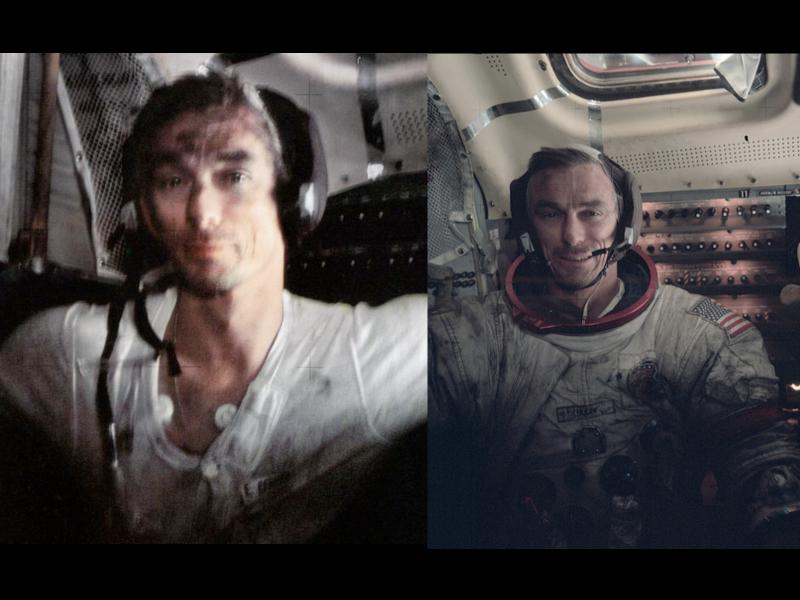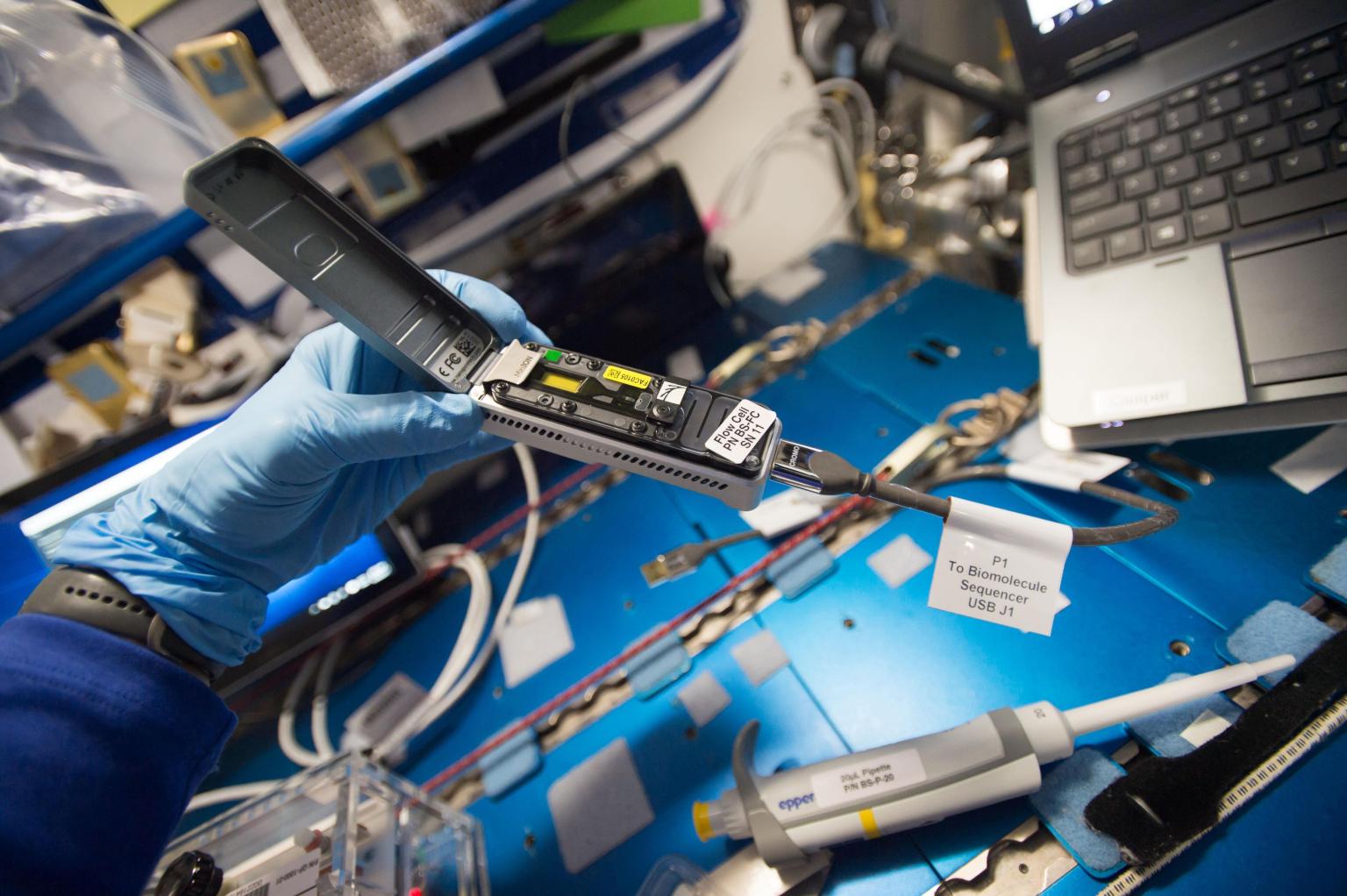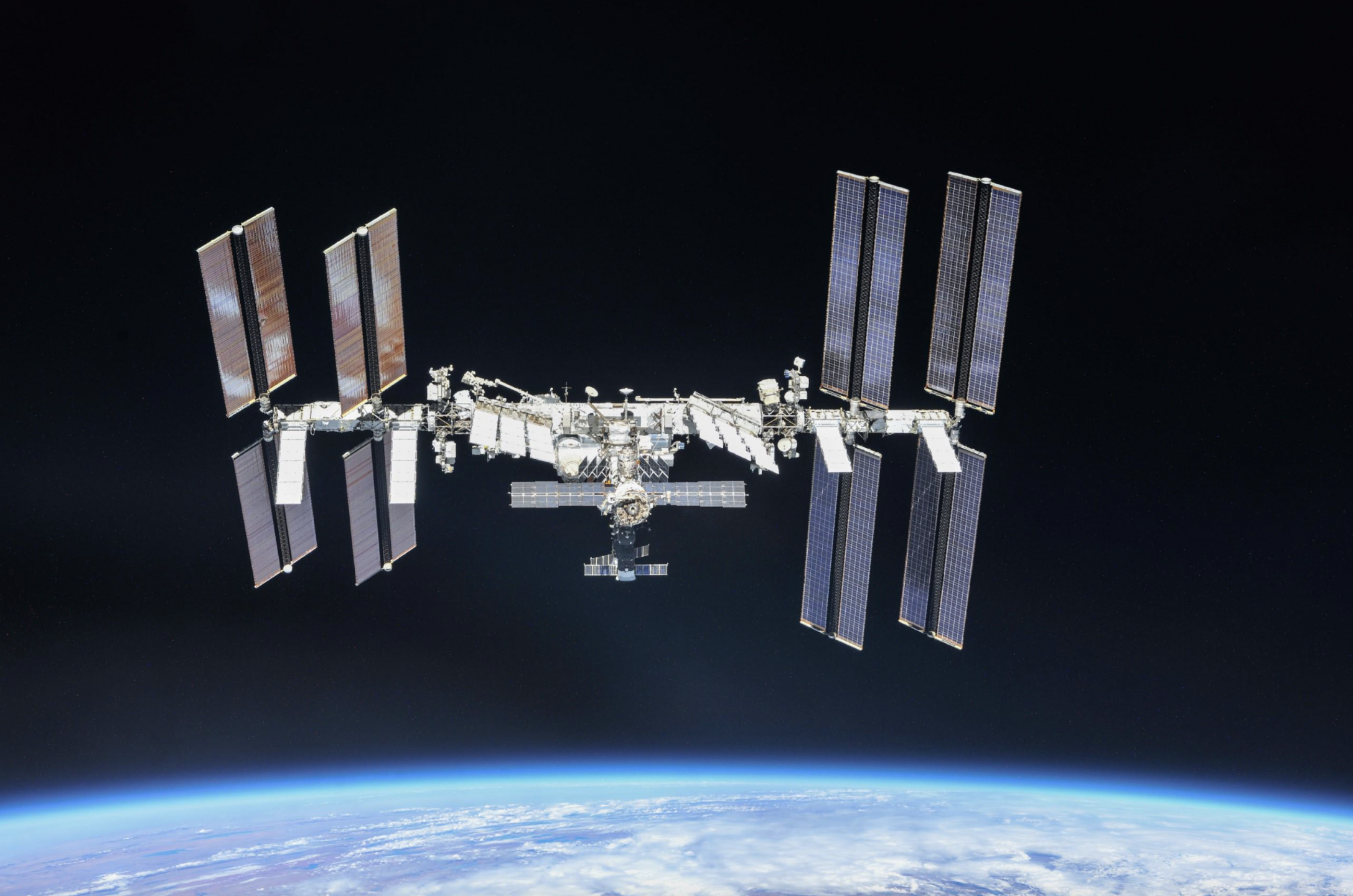Space exploration and its relationship with Earth is symbiotic. Often, what works for one benefits the other, and vice versa. This Earth Day, as NASA prepares to send humans farther into the solar system than ever before, the agency is advancing its understanding of fundamental sciences on the International Space Station and working on technologies for Artemis that will benefit future space exploration and life here on Earth. This ambitious exploration endeavor requires new technologies and global innovation to ensure our astronauts can safely and effectively conduct ground-breaking research today aboard the space station, soon at the Moon, and then at Mars. Many of those technologies developed to send our explorers deeper into space for longer periods of time can also come back to Earth for the benefit of humanity and the environment.
New Power Sources
As NASA learns more about living and working on the Moon, astronauts will begin to stay for long periods. This presents a unique set of challenges in terms of available sunlight and temperatures on the surface. To help overcome these challenges, NASA is advancing a broad portfolio of surface power generation and distribution systems – like batteries, solar, and fission – that will work together to ensure those missions have plentiful, reliable power required to be successful, while also providing ideas and solutions for improving and modernizing power grids here on Earth.
Fission Surface Power
NASA is developing fission surface power , a green technology with zero carbon emission. When used with advanced fuel cells, fission power can not only generate clean and abundant electricity on Earth but also provide a source of hydrogen to power zero-emission vehicles. The advances NASA makes for lunar surface power systems will help reduce the size and complexity of systems on Earth and enhance the production of smaller systems that can be used to power small communities, decreasing our dependence on large, remote power plants and energy distribution costs.
Advanced Solar Arrays
NASA has supported the development of advanced solar array systems that are lighter, more compact, and produce more energy for long-duration missions to the Moon and beyond.
Redwire’s Roll-out Solar Array (ROSA) system — developed with support from NASA — uses a lightweight flexible composite blanket material to collect a large amount of sunlight while compactly stowing for launch. When commanded to deploy, the arrays unfurl like a yoga mat and lock into position.
This innovative system was tested on the International Space Station in 2017. Recently, a more advanced version of ROSA, called iROSA, was installed on the space station, and Gateway’s Power and Propulsion Element will also use a much larger version of ROSA. This type of system could provide an easily transportable, reliable power solution for disaster response and other Earth-based applications.
Additionally, NASA will test solar cell technologies and measure solar array electrical surface charging to better understand power challenges on the Moon.
The Photovoltaic Investigation on the Lunar Surface, or PILS, experiment, will provide a flight demonstration of multiple innovative solar cell technologies that could be used for future lunar missions and perhaps applicable on Earth.
Additive Manufacturing
The ability to build spare parts, habitats, and other materials in-space is critical to the success of Artemis and other deep space exploration efforts. NASA has been very successful printing parts on the International Space Station and has now turned some of its efforts to manufacturing on the Moon.
3D-Printed Habitats
In 2019, NASA awarded over $2M for solutions to the 3D Printed Habitat Challenge, a public prize competition aimed at developing a 3D-printed habitat for deep space exploration. The multi-phase challenge was designed to advance the construction technology for the Moon and Mars, but the technologies and processes can also be used to create sustainable housing solutions here on Earth.
Laserjet Solar Cells
While also related to space power, NASA is leveraging in-space printing to demonstrate a new solar technology called perovskite as alternative to silicon solar cells. The perovskite material’s use as a solar cell is a relatively new discovery, a very efficient converter of sunlight to electricity and may be transported into space as a liquid and printed onto panels while on the Moon or Mars. This solution could also have many Earth applications as well, like providing solar power to hard-to-reach areas in underdeveloped countries or during natural disaster recovery
Cleaner Air, Water, Food
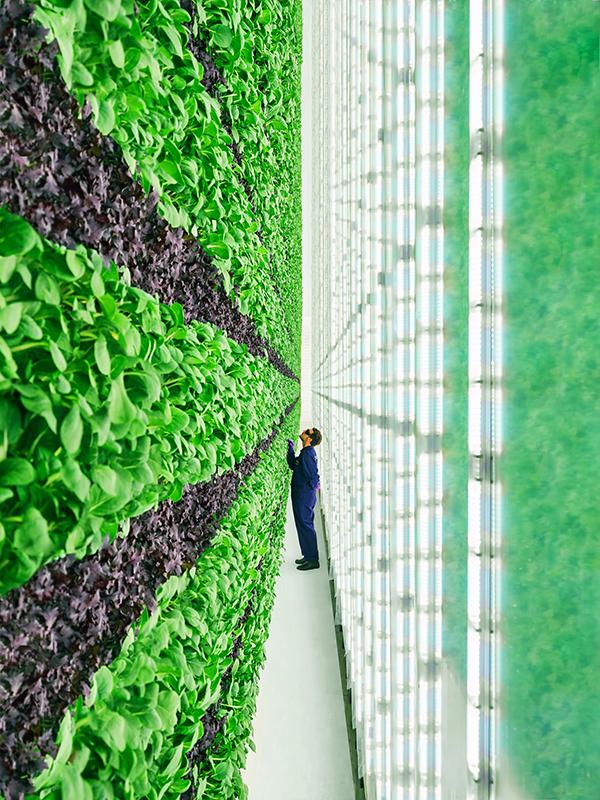
Long-duration space explorers will need fresh food, clean air, and a reliable water source, whether during an extended stay on the Moon or a two- to- three-year round trip to Mars. The same is true for people on Earth, where climate change and population growth already cause food insecurity for many communities.
Space Food
Several technologies developed for space are already making impacts here on Earth, like advancements in vertical farming and bioreactors that cultivate edible protein sources. The lessons learned are inspiring an unconventional new generation of farmers. Additionally, solutions from NASA’s Deep Space Food Challenge could enable new avenues for food production around the world, especially in extreme environments, resource-scarce regions, and in new places like urban areas and in locations where disasters disrupt critical infrastructure.
Environmental Control and Life Support Systems
Aboard the International Space Station, NASA is advancing technologies that purify air and water to keep astronauts safe and reduce the amount of supplies that need to be delivered aboard cargo resupply ships. In the ultimate indoor environment that has housed astronauts continuously for more than 20 years, NASA has reached water recycling and purification rates of more than 90%, including condensate from the air, sweat, and urine. Air-purifying technologies aboard the space station scrub impurities from the air and even break down harmful gaseous compounds into beneficial elements like oxygen. Early in the COVID-19 pandemic, companies developing these clean air technologies were overwhelmed with demand from schools, hospitals, shopping centers, office buildings, airports, and even buses.
Pollution Detection
When Artemis astronauts return to the lunar surface, they’ll have to contend with the dust. Much like it did during Apollo, Moon dust gets into everything and is very abrasive, like tiny shards of glass, and can harm astronauts’ equipment and their health, namely their lungs.
Space Canary
Through a public-private partnership, NASA requested help from U.S. industry in addressing the lunar dust problem, and Lunar Outpost Inc., developed an air-quality sensor called Space Canary. The Canary-S is a self-contained, solar-powered unit that measures a variety of pollutants and provides measurements every minute via messages sent by cellular data to a secure cloud for access by company engineers and NASA. While Canary hasn’t been sent to the Moon yet, it is deployed in 15 states, and is used by the U.S. Forest Service to monitor forest-fire emissions in real-time.
MPASS – Aerosol Sensor
Developed as a highly accurate, early fire detection system for space, the Multi-Parameter Aerosol Scattering Sensor (MPASS), has the potential to become a public safety tool for aerosol detection, with the ability to detect atmospheric particles, enabling real-time environmental monitoring during volcanic activity or wildfires. This advanced sensor uses a durable, compact laser array – like those found in a DVD player – to analyze the interaction of light with particles. It’s compact size and lightweight makes it portable and flexible for uses in multiple environments, including mounting on remotely piloted aircraft.
There’s More Space in Your Life Than You Think!
The technology development path is a two-way street and sometimes what is created as a concept for human space exploration is applicable today on Earth. NASA works with dozens of space agencies and thousands of companies around the world to develop innovative technologies to advance human space travel. The technical leaps and bounds since the dawn of the space age have found far-reaching applications to improve life on Earth.
Dive in to learn more about space in your life at: https://spinoff.nasa.gov/























